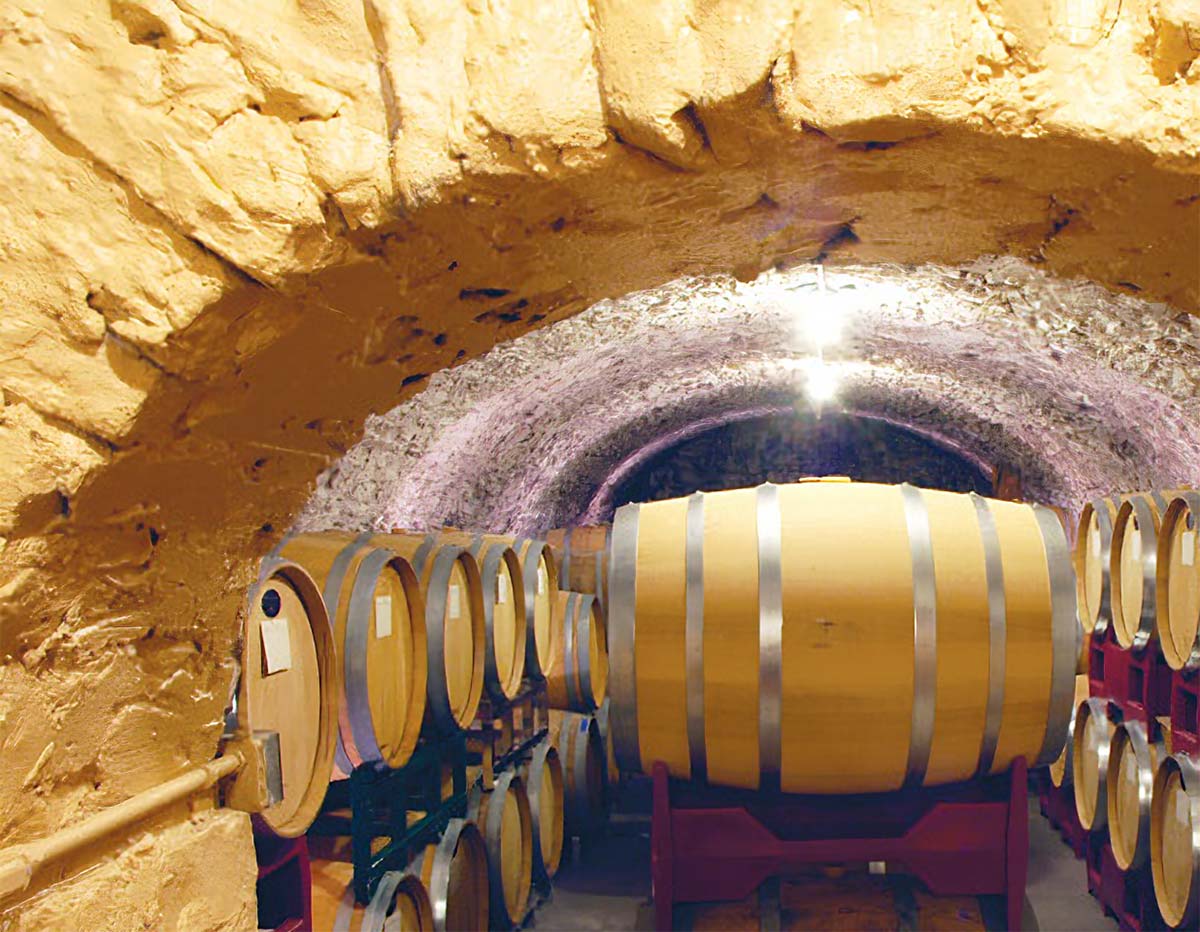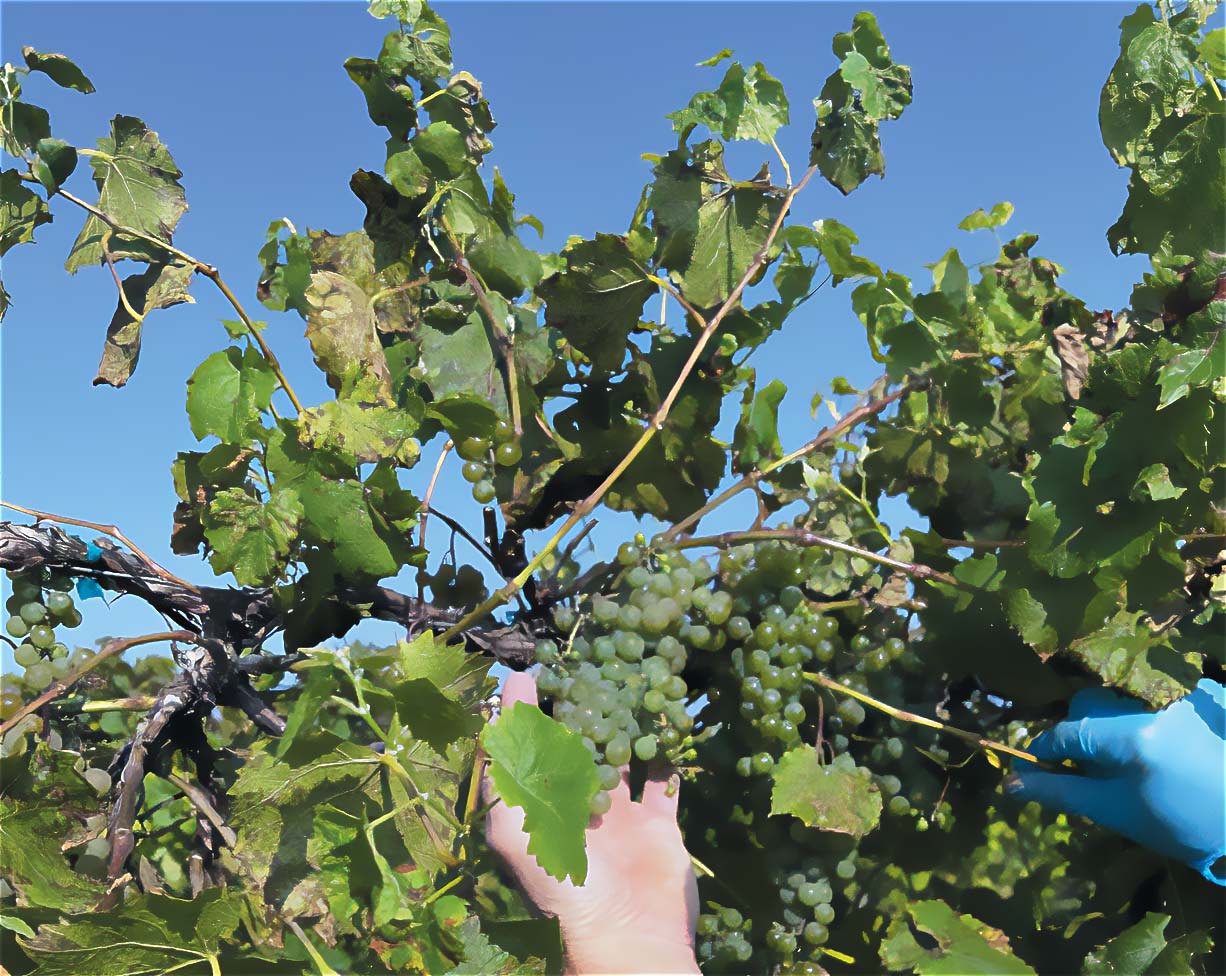VON STIEHL WINERY: Harvest Season
THE VON STIEHL WINERY, located just off the Algoma harbor, is Wisconsin's oldest licensed winery and has won numerous awards including six silver medals and one coveted gold medal in the annual USA Wine Ratings International Competition in 2023. However, it cannot rest on its reputation alone, especially in the highly competitive Northeast Wisconsin viticulture. According to the von Stiehl website, its historic civil war era building was built in 1868 and has had many tenants over the years, including being the home to the original Ahnapee Brewery, Kelsey Fly Net Co (which was the original business of the current Algoma Net Company), a factory, and feed mill storage building. von Stiehl Winery made this building its own in 1967 by Dr. Charles Stiehl, a local physician known as Doc Stiehl.
Since there were no wineries in Wisconsin at the time, Doc Stiehl asked the state to create a winery license to legally sell his Door County Cherry Wine. In 2009, the winery released a special wine in his honor: Doc Stiehl’s Cherry Bounce.
Stiehl sold the winery to Bill and Sandy Schmiling in 1981, who added more wine varieties to the menu, including raspberry, cranberry, and blackberry. In 1985, they added von Stiehl’s first nonfruit wine, Late Harvest Riesling. The first vines were planted in February of 1997 on the Schmiling’s Door County property, now known as the von Stiehl Vineyard, Stony Creek. The vineyard produces grapes used in the Stony Creek Rose variety. Sons Aric and Brad took over the winery in 2003 and continue to grow the firm’s traditions.
Anthony Bilwin is the manager and said visitors to the winery will see its heritage. “When you come into the building it's still much the same as it was in the 1860s,” he said. “We added a tasting bar as you walk in. We still use the cellars as they were 150 years ago. They’re three-foot-thick hand-cut limestone and they self regulate for the most part. Humidity and temperature stay constant so it’s perfect for aging wines.”
Bilwin attributes von Stiehl’s success to listening to its customers. “It’s a beer-first state but people like to buy local and look for craft options. I think Doc Stiehl saw that and we’ve carried that through. We still pay homage to him. We still make the sweet cherry wine that started the wine industry in Wisconsin… we still make that and the dry cherry wine like he did back in 1967.
“It’s trying to watch for trends then challenging ourselves to evolve,” Bilwin continues. “ We make hard ciders now; we make bourbon and spirits. We make brandies; we do high-end red wines sourcing grapes from growers in California and Washington. To go from a handful of wines in ‘67 to about 45-to-50 wines a year plus 8-to-10 hard ciders and spirits, it’s continuing to evolve the options, continuing to challenge our wine-making team and to listen to our customers."

Bilwin said balancing the long-held traditions of the von Stiehl winery and innovation is somewhat of a tightrope. “The cool thing is our wine-making team,” he said. “We have five people over there: Aric Schmiling, Head Winemaker and Co-Owner, Dave Pizzala, Winemaker; Chad Moore, Assistant Winemaker; PJ Koehler, Cider Maker; and Vineyard Manager; and Eryka Hughes, Cellar Hand, who are responsible for everything we make and there’s over a hundred years of winemaking knowledge combined between all of them,” he explained. “It’s an artisan craft so you have to pay attention to history but the innovation could be using technology in a different way. For instance, when we’re able to use jacketed tanks for fermentation you can now control the fermentation temperature so you’re using technology as a trend but you’re still making wine by hand; you’re still artisanly crafting the product. How we can utilize technology to make it more efficient but at the same time, staying true to our roots.”
Bilwin said the winery uses a glycol system to control tank temperature, an oxygen generator allows them to make their own O-three to clean equipment, a nitrogen generator makes the gas in-house. A cross-flow mechanism takes the filtration a step further by eliminating any dead yeast and protein that may be left behind. “It’s making our wines safer and it’s making them have a longer life. It doesn’t damage the wine so after everything we do to make the wine that machine takes it a step further to make sure it’s high quality going out the door."
“We’ve had the first of its kind isobaric bottling line in the United States which has allowed von Stiel to expand from bottling non-carbonated wines to ciders, meads, beers etc. It’s still connected to a computer in Italy so they fix all the timing issues and we do all the manual labor.” Bilwin sees the rapid growth of hard ciders as the biggest trend affecting von Stiehl winery. “There’s a lot more local competition and I think that trend is going to continue. I think we’re going to see more craft distilleries. Now that the laws have changed and will allow operators more flexibility on what they can offer we’re starting a distillery as well.”





